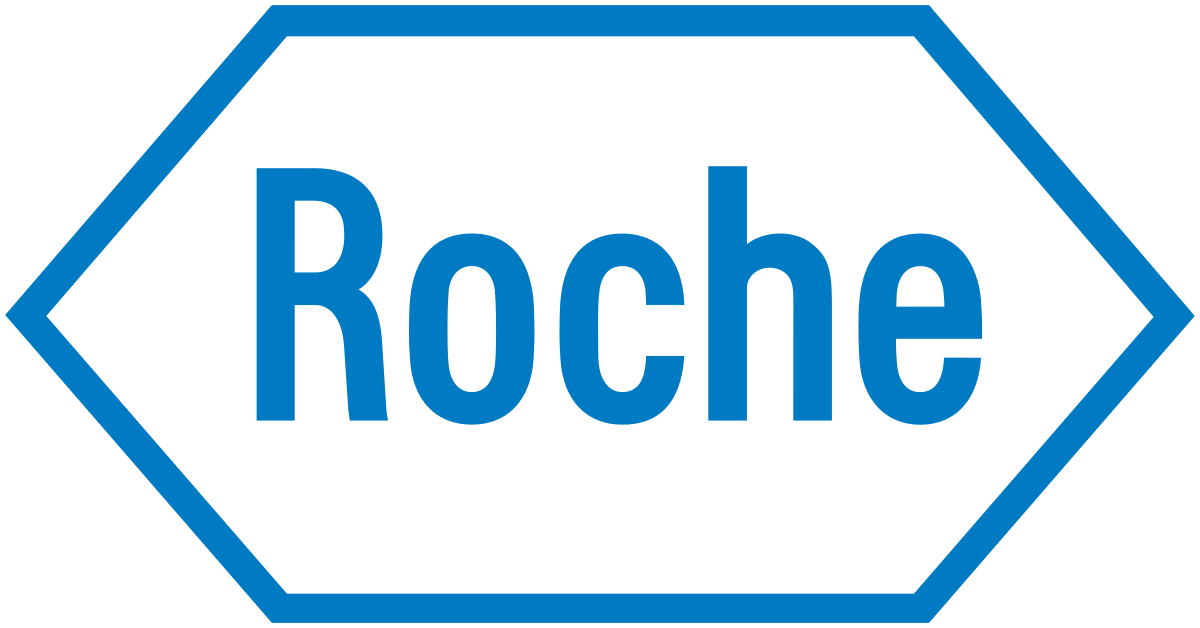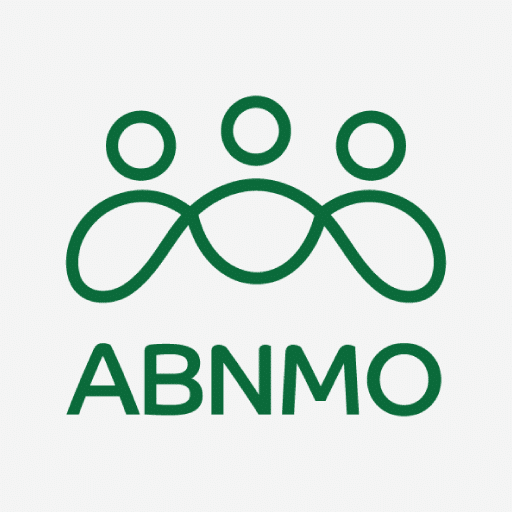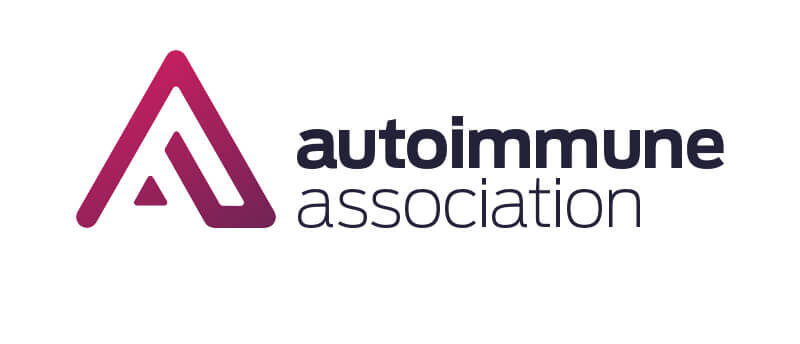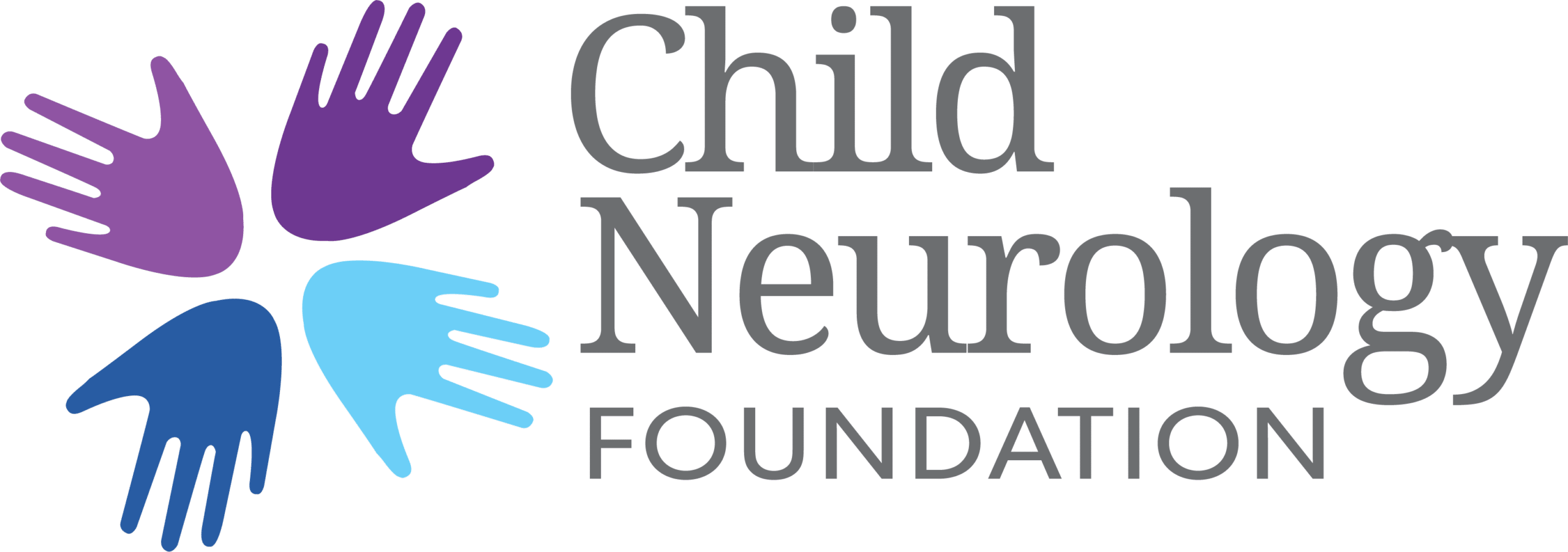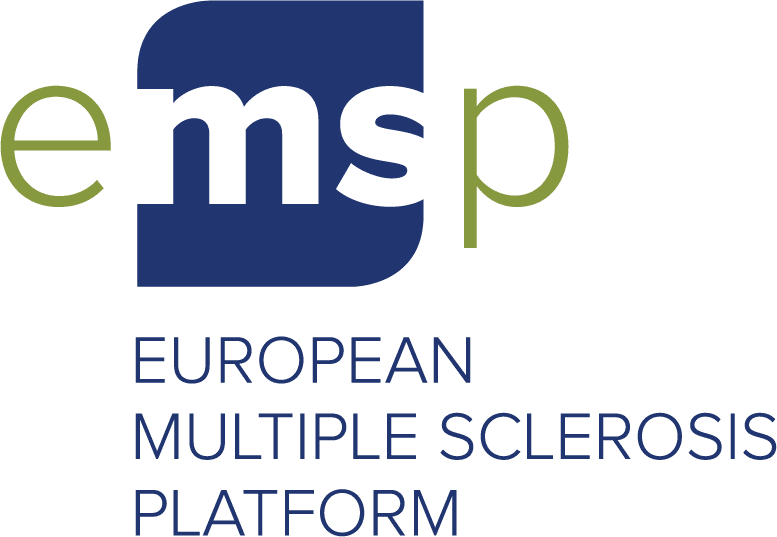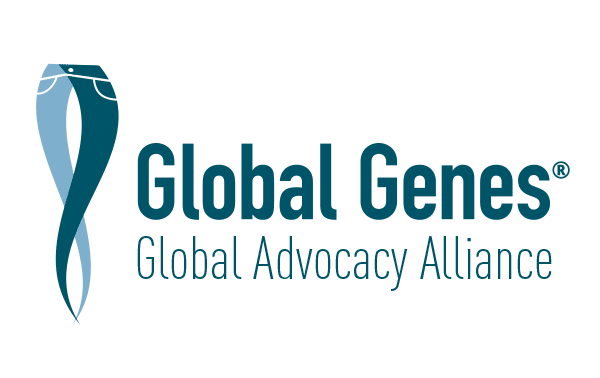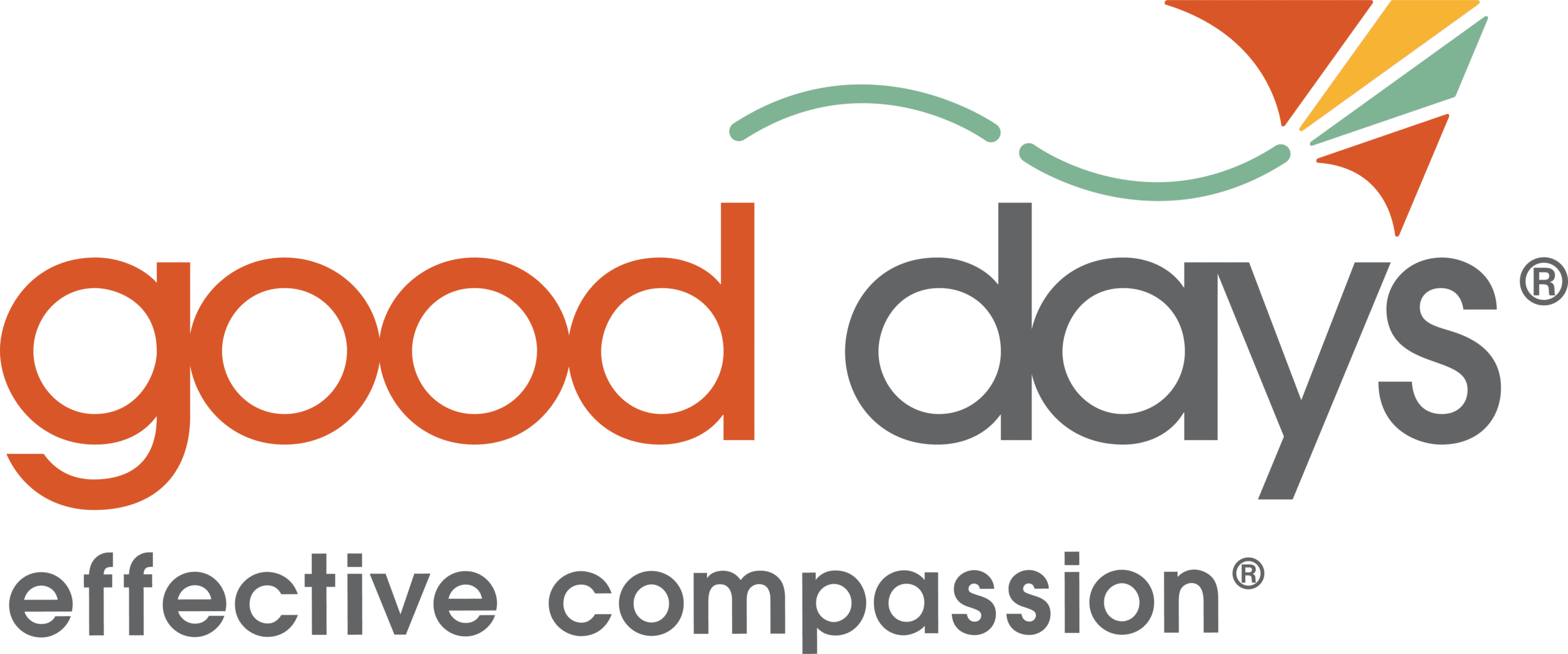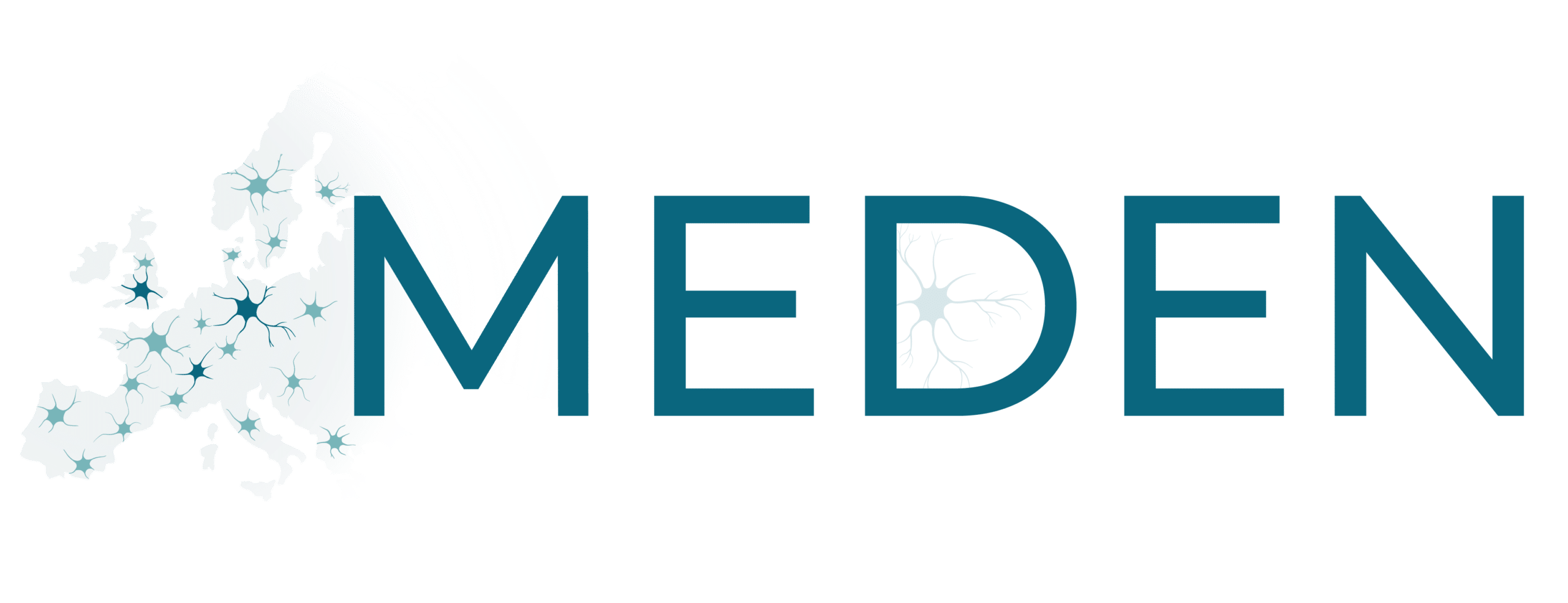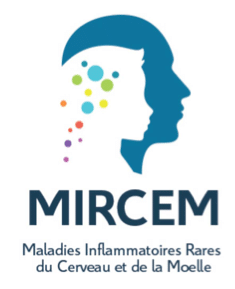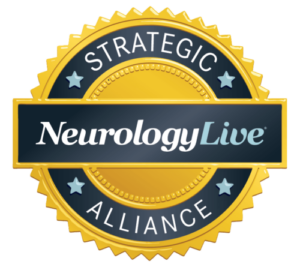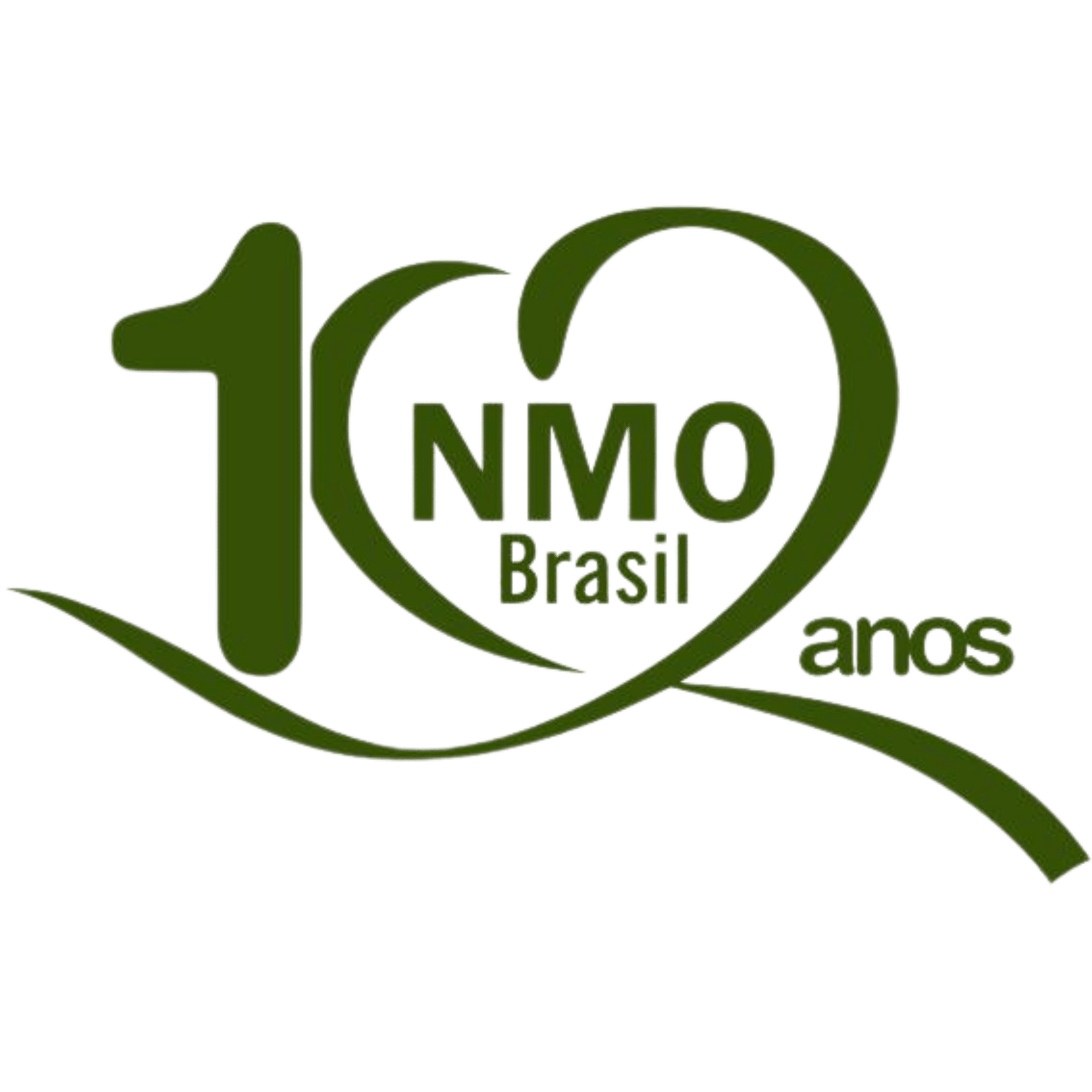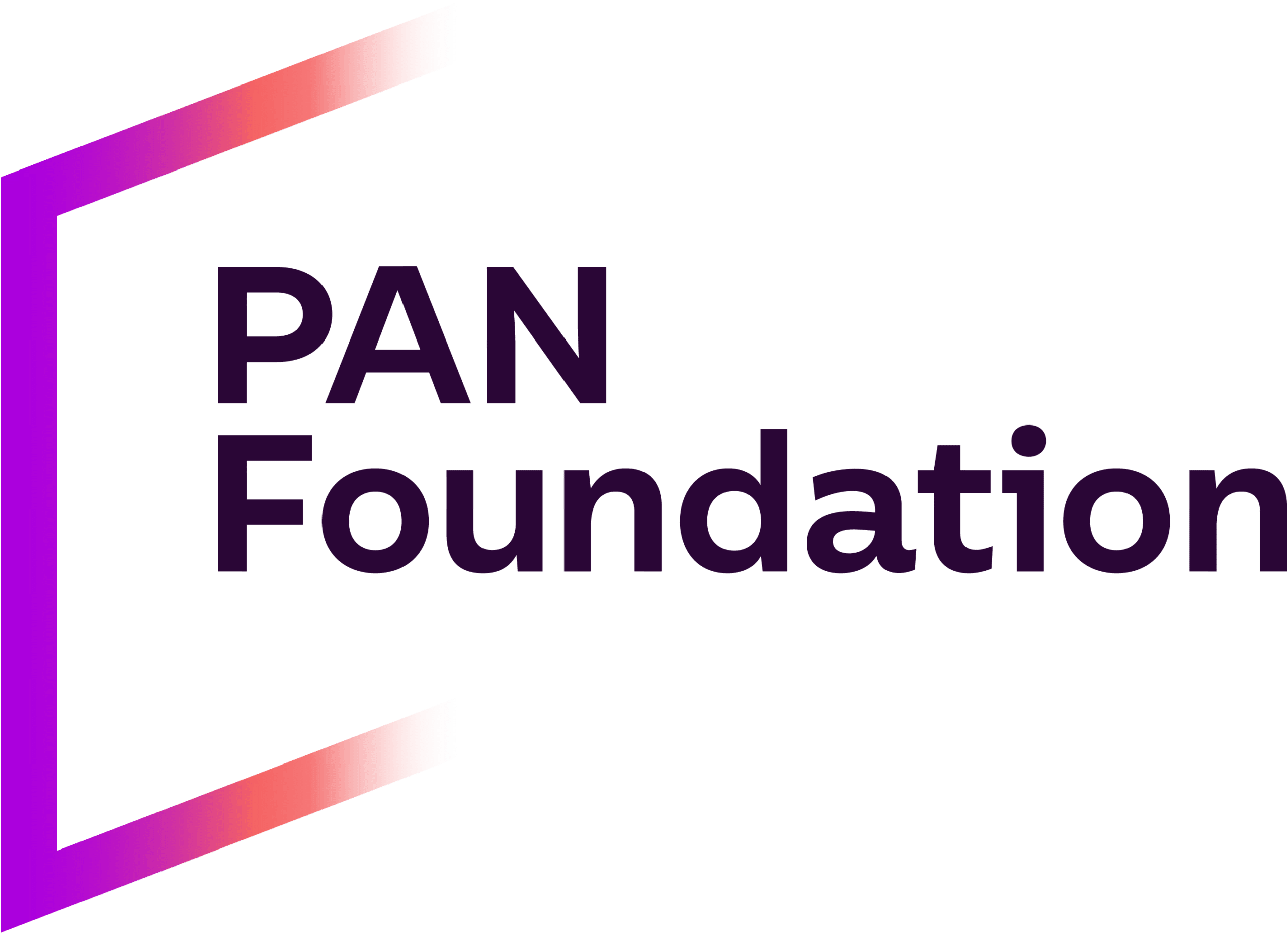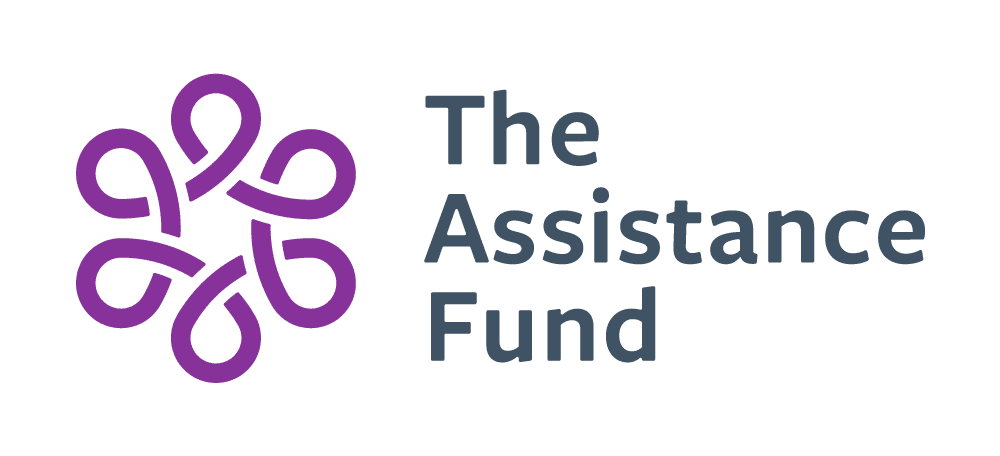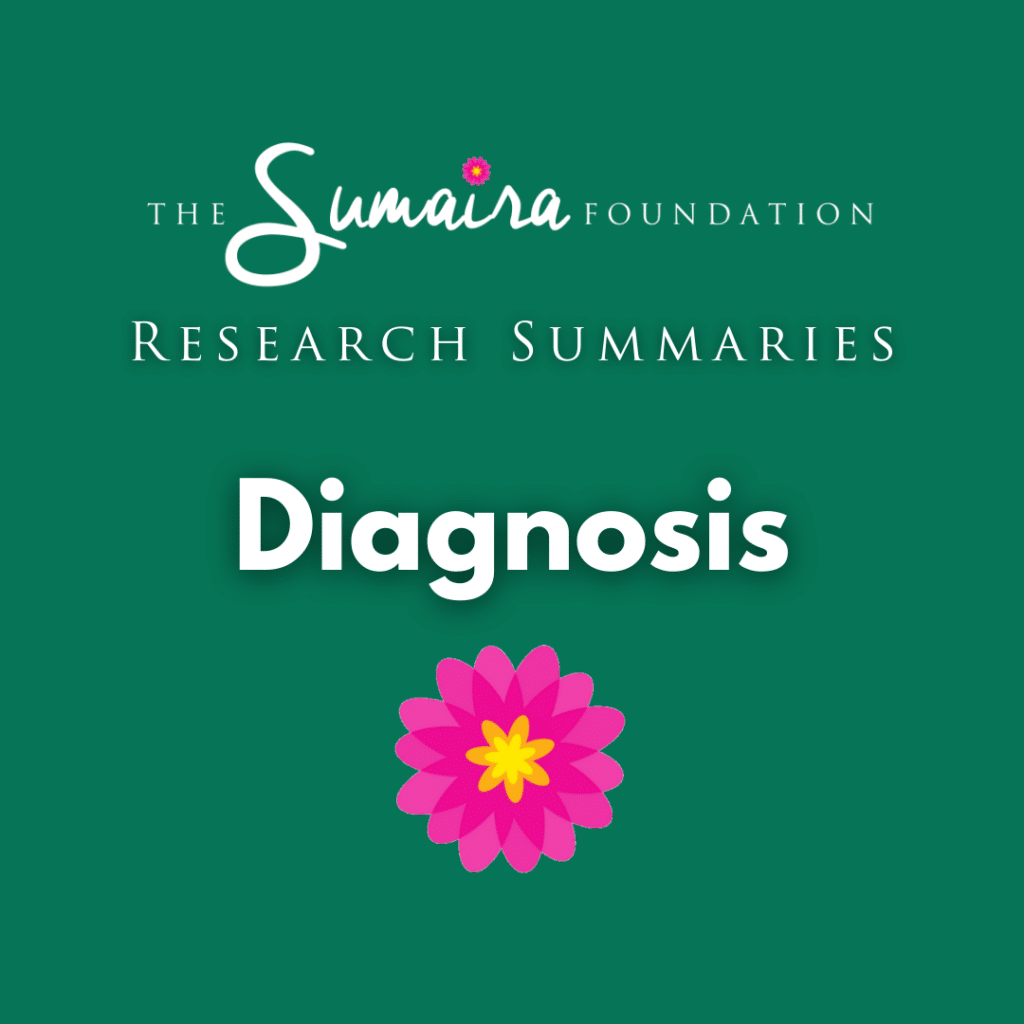
MOG-IgG in NMO and related disorders: a multicenter study of 50 patients. Part 2: Epidemiology, clinical presentation, radiological and laboratory features, treatment responses, and long-term outcome
Journal: Journal of Neuroinflammation; October 28, 2016
Author(s): Sven Jarius, Klemens Ruprecht, Ingo Kleiter, Nadja Borisow, Nasrin Asgari, Kalliopi Pitarokoili, Florence Pache, Oliver Stich, Lena-Alexandra Beume, Martin W. Hümmert, Marius Ringelstein, Corinna Trebst, Alexander Winkelmann, Alexander Schwarz, Mathias Buttmann, Hanna Zimmermann, Joseph Kuchling, Diego Franciotta, Marco Capobianco, Eberhard Siebert, Carsten Lukas, Mirjam Korporal-Kuhnke, Jürgen Haas, Kai Fechner, in cooperation with the Neuromyelitis Optica Study Group (NEMOS)
Mog antibodies in patients with NMO and related disorders: What populations are affected and how commonly? How do they manifest clinically and in imaging studies? What are the treatment responses and long-term outcomes?
MOG antibodies might be present and play a role in a subset of patients with neuromyelitis optica and related disorders. This study evaluated the populations demographics, clinical and radiological features, and findings of cerebrospinal fluid (CSF) and other tests. Among other findings, the results showed that the disease often followed a relapsing course and resulted in severe and/or persisting disability in a substantial number of cases. MOG antibodies need to be considered in both children as well as elderly patients; women are more frequently affected than men; attacks may occur during pregnancy and post-partum; and it is rare for patients to have other co-existing autoimmune conditions.
Free Access: Full text








